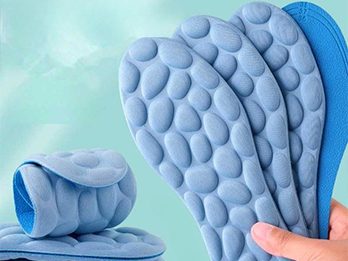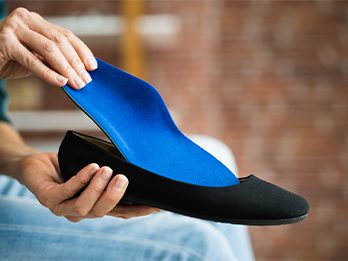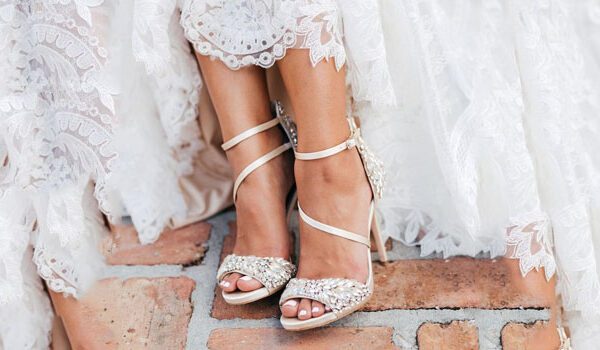Whether you’re a newbie or a pro at wearing heels, foot problems can be the most common thing that you will experience. Heels and health problems are two words which go hand in hand if you’re wearing the heels for a prolonged period of time, or everyday. Even with the simplest of the heel types like wedges or low height heels, you may still experience pressure on your toes, resulting in a lingering pain which doesn’t go away unless you go for a massage or have a spa day.
Thankfully, in the modern era, we have many solutions besides massages and spa days which are cost effective and medically proven to be beneficial too. They can last you a long time and would be a one time cost only. So consider them as investments that you’ll be making to save your feet as a result of wearing heels. From orthotics and insoles to shoe inserts, we have many options in the market, but in this article, we will be discussing former three only.
Disclosure: This post contains affiliate links. When you purchase a service or a product through the links, I sometime earn a commission, at no additional cost to you. Read my full disclosure here.
What are Orthotics?
Orthotics are prescribed by doctors as medical devices or heel inserts which you can wear inside your heels to correct biomechanical foot issues like issues with running, standing or walking. They are custom made for you in most cases which ensures maximum safety for your feet. Also, they may be prescribed to treat feet problems resulting from heels. They can even help with foot pain caused by diabetes hence you can trust these scientifically proven saviors!

Pros:
- Add to the comfort level
- Allows for a better fit
- Keep your heels fresh
- They can be taken out and cleaned or replaced with a new one easily
- Generally cheaper than Orthotics
Cons:
- Leather Material insoles may not help. Leather is nice and soft and offers some cushioning, but the sole isn’t thick and it’s not synthetic. So while it’s comfortable, it doesn’t have the superior shock absorption as compared to that of a rubber sole.
- Some insoles can be hard and rigid causing more foot pain
- Some insoles may not work in the rainy season so you’ll have to replace them often
What are Insoles?
As compared to Orthotics, insoles are an easy going version of how you can increase the comfort level while wearing heels. They are pieces of material which are placed inside your heels or boots for added comfort and better fit. They are also known as foot beds. Since they fill out the empty space between your feet inside of the Heels, it becomes easier for you to walk in them.
Pros:
- Add to the comfort level
- Allows for a better fit
- Keep your heels fresh
- They can be taken out and cleaned or replaced with a new one easily
- Generally cheaper than Orthotics
Cons:
- Leather Material insoles may not help. Leather is nice and soft and offers some cushioning, but the sole isn’t thick and it’s not synthetic. So while it’s comfortable, it doesn’t have the superior shock absorption as compared to that of a rubber sole.
- Some insoles can be hard and rigid causing more foot pain
- Some insoles may not work in the rainy season so you’ll have to replace them often
What are Shoe Inserts?
Shoe inserts are the go-to for women who have to wear heels very often. They are products that you can place inside your heels to support and align the foot and lower extremities (especially in the knees, back and hips). They prevent progression of a foot deformity and improve your posture as well. Also, they add more poise to your vibe as you can walk comfortably in the heels.

Pros:
- They can lift an arch and offer more arch support
- They relieve heel pain, and/or help compensate for a toe joint deformity.
- They can facilitate healthy movements too
Cons:
- Gel inserts are generally very hard and can make the walking experience very draining
- There’s less room for customization in shoe inserts as compared to that in orthotics
Final Thoughts
All in all, though all three options make sense if you’re looking for a solution for your heel problems, but backed up by evidence, orthotics and cushioned insoles can really help with the foot problems when you’re wearing heels. You can browse through the online platforms and you’ll find an array of options in terms of orthotics and cushioned insoles. You may even find heels with cushioned insoles present already.





No Comments